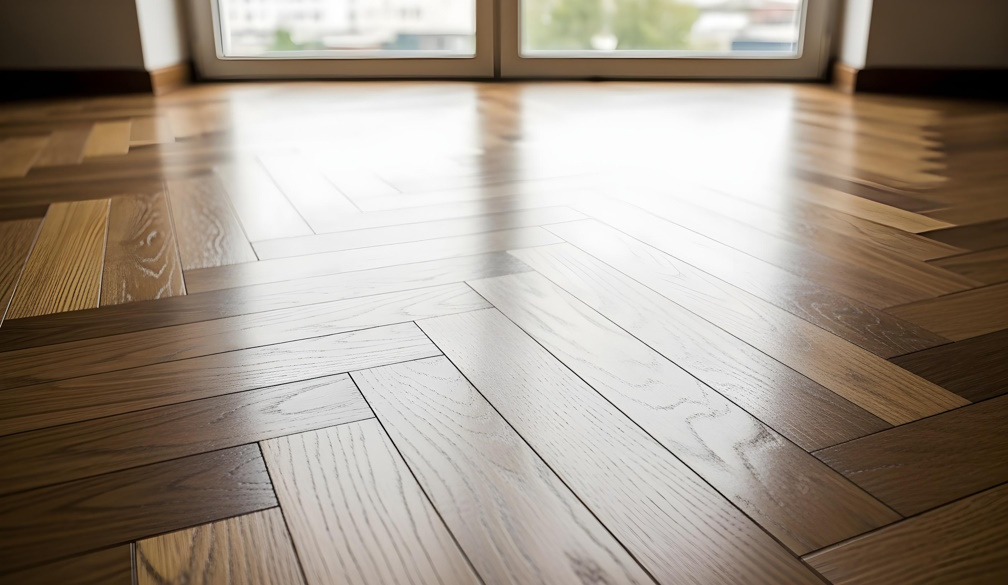Hybrid Flooring: Perks and Pitfalls

Choosing new flooring has a powerful impact on both the look and functionality of your home. It’s not just a design choice, it’s a significant investment that requires careful planning and research. As trusted Sydney hybrid flooring dealers with years of experience, we always recommend seeking advice from an established contractor who can guide you toward the best solution for your home.
The right flooring can transform your interiors, improving comfort, sophistication, and usability, while also boosting property value and buyer appeal. On the other hand, making the wrong choice may result in costly repairs, ongoing maintenance headaches, and unnecessary stress.
To help you avoid common pitfalls, this article explores the perks and pitfalls of hybrid flooring, equipping Australian homeowners with the insights they need to make informed decisions.
What is Hybrid Flooring?
Hybrid flooring is a modern innovation that blends the resilience of laminate with the water resistance of vinyl. This combination creates a versatile, durable surface that performs well even in high-moisture areas. Homeowners love hybrid flooring because it balances affordability, practicality, and style.
Hybrid flooring is composed of several layers, including:
- Wear: Protects against scratches, stains, and scuffs.
- Design: A decorative print that mimics timber, stone, or other finishes.
- Core: Made from composite limestone or wood powder with PVC, offering rigidity, strength, and waterproofing.
- Underlay: Built-in padding that improves sound absorption and underfoot comfort.
Perks of Hybrid Flooring
1. Easy to Install
Hybrid flooring is designed for convenience. A built-in click-lock system allows planks to be installed without adhesives, making it a cost-effective choice for DIY projects or for reducing professional installation fees.
2. Cheaper to Buy Than Solid Timber
Hybrid floors replicate the beauty of natural wood at a fraction of the cost. While traditional hardwood can be expensive to purchase and install, hybrid flooring delivers a similar aesthetic without stretching your budget.
3. 100% Waterproof
Thanks to its rigid core, hybrid flooring is resistant to spills, humidity, and moisture—making it ideal for kitchens, bathrooms, and basements. Unlike timber, it won’t warp when exposed to water.
4. Easy to Maintain
Hybrid floors are easy to care for. The occasional sweeping, vacuuming, and mopping is enough to keep them in great condition. The wear layer resists scratches and stains, maintaining its appeal even in busy households.
5. Ideal for Hot or Cold Weather
Its rigid core construction ensures hybrid flooring stays dimensionally stable, even under extreme temperature changes, making it suitable for Australian climates.
6. Comfortable to Walk On
With its built-in underlay, hybrid flooring provides added cushioning and sound absorption, enhancing comfort in high-traffic living areas.
Pitfalls of Hybrid Flooring
1. Repair Limitations
Unlike solid timber, hybrid floors cannot be sanded or refinished. If a plank is damaged, it must be replaced entirely. Keeping spare planks on hand is strongly recommended.
2. Pricier Than Laminate or LVT
Although cheaper than hardwood, hybrid flooring is generally more expensive than standard laminate or luxury vinyl tile (LVT). Its long lifespan and durability, however, often justify the higher upfront cost.
3. Susceptible to Fading
Exposure to direct sunlight can cause hybrid flooring to discolour over time. Homeowners should consider UV-protective coatings or window treatments in sunlit areas.
4. Synthetic Appearance
While modern printing technology has improved, hybrid flooring may still look less natural compared to real timber. For some homeowners, durability outweighs this concern, but aesthetics remain subjective.
5. Requires a Smooth Subfloor
Hybrid planks should be installed over a flat, even surface. Any imperfections in the subfloor can compromise stability and appearance, potentially adding to project costs.
6. Cannot Be Sanded or Recoated
Once the wear layer is damaged, the plank must be replaced, limiting long-term refinishing options.
7. Less Resistant to Wear and Tear than SPC Vinyl
Stone-plastic composite (SPC) vinyl flooring has a denser core, making it tougher against heavy impacts and foot traffic compared to hybrid alternatives.
8. Not as Quiet As Some Alternatives
Hybrid floors offer some acoustic benefits, but they are not as quiet as options with specialised acoustic underlays. If noise reduction is a top priority, additional soundproofing may be required.
Conclusion
Hybrid flooring delivers a balanced mix of style, performance, and value. It offers Australian homeowners durability, comfort, waterproofing, and low maintenance, making it a popular choice for modern living.
However, it’s not without limitations. Potential issues like fading, repair challenges, and subfloor requirements should be carefully considered before making a decision.
At Ezy Decking, we help homeowners weigh the pros and cons of hybrid flooring to ensure they choose the best solution for their needs. As a distributor of hybrid floors to Brisbane, Sydney, the Gold Coast and beyond, contact us today for a personalised quote, professional advice, and expert installation that guarantees long-lasting results.


















